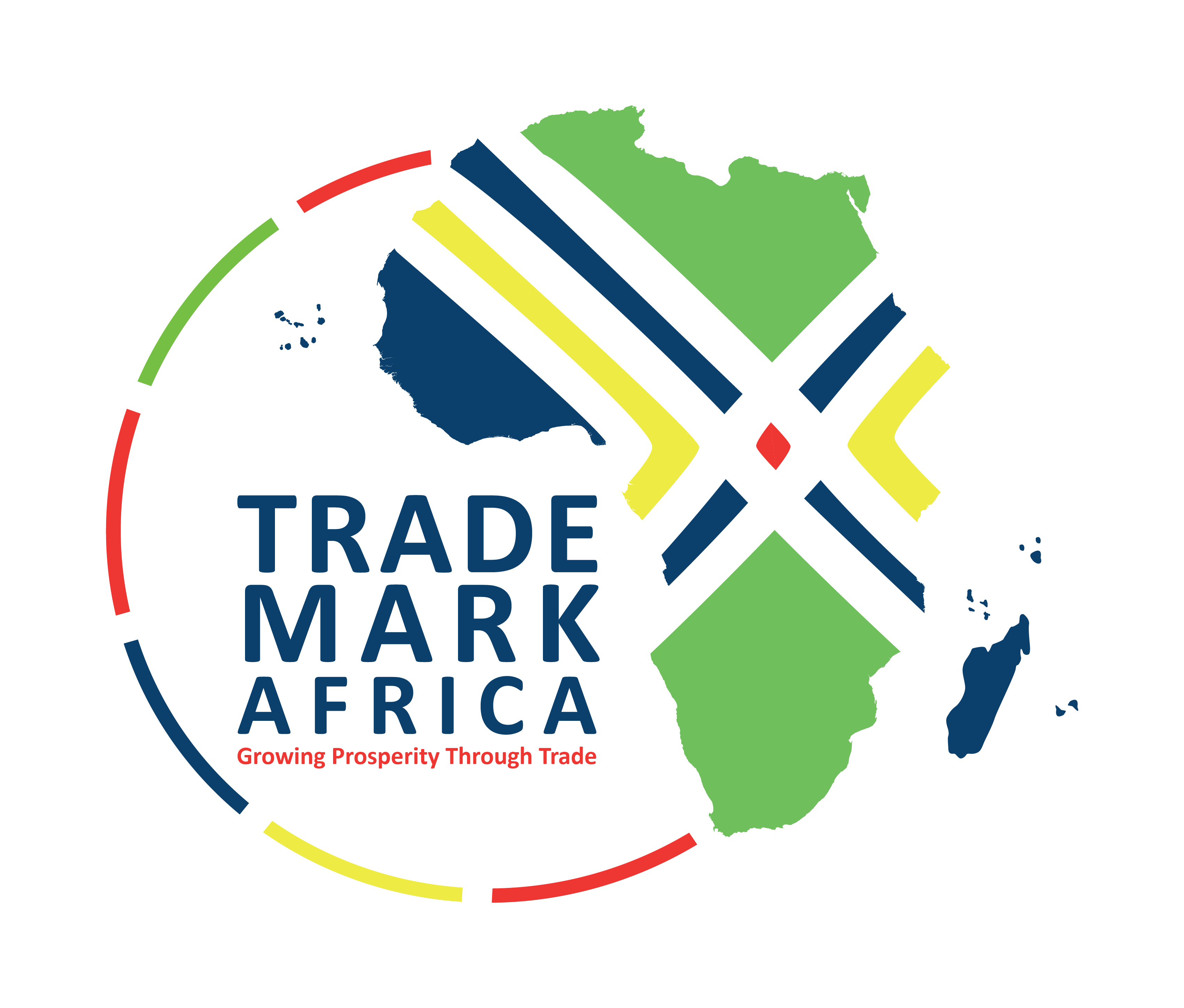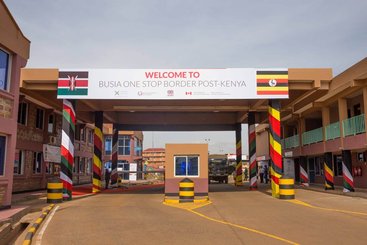The East African integration process has achieved considerable success in the past decades, and the East African Community is considered one of the most integrated regional economic communities in Africa. The EAC aims for Partner States’ markets to be increasingly connected, with the creation of a customs union, followed by a common market (with the final goal to set up a monetary union).
To operationalise the EAC Customs Union, in 2012 the Partner States decided to set up a Single Customs Territory (SCT). An SCT reduces internal border controls on the circulation of goods, and can lead to faster and better trade operations, reduced trade costs and times, improved revenue management, reduced smuggling and improved data collection.
Setting up the systems to implement the SCT required complex and extensive work, which was carried out by the East African governments but also by development partners, including TradeMark Africa (TMA). Understanding how the SCT came about in the EAC can provide lessons for others who wish to undertake similar steps elsewhere.
This toolkit aims to provide key considerations that should be taken into account when setting up an SCT. Describing the experience of TMA in the East African region, it unpacks the complexities to navigate when supporting such interventions.







